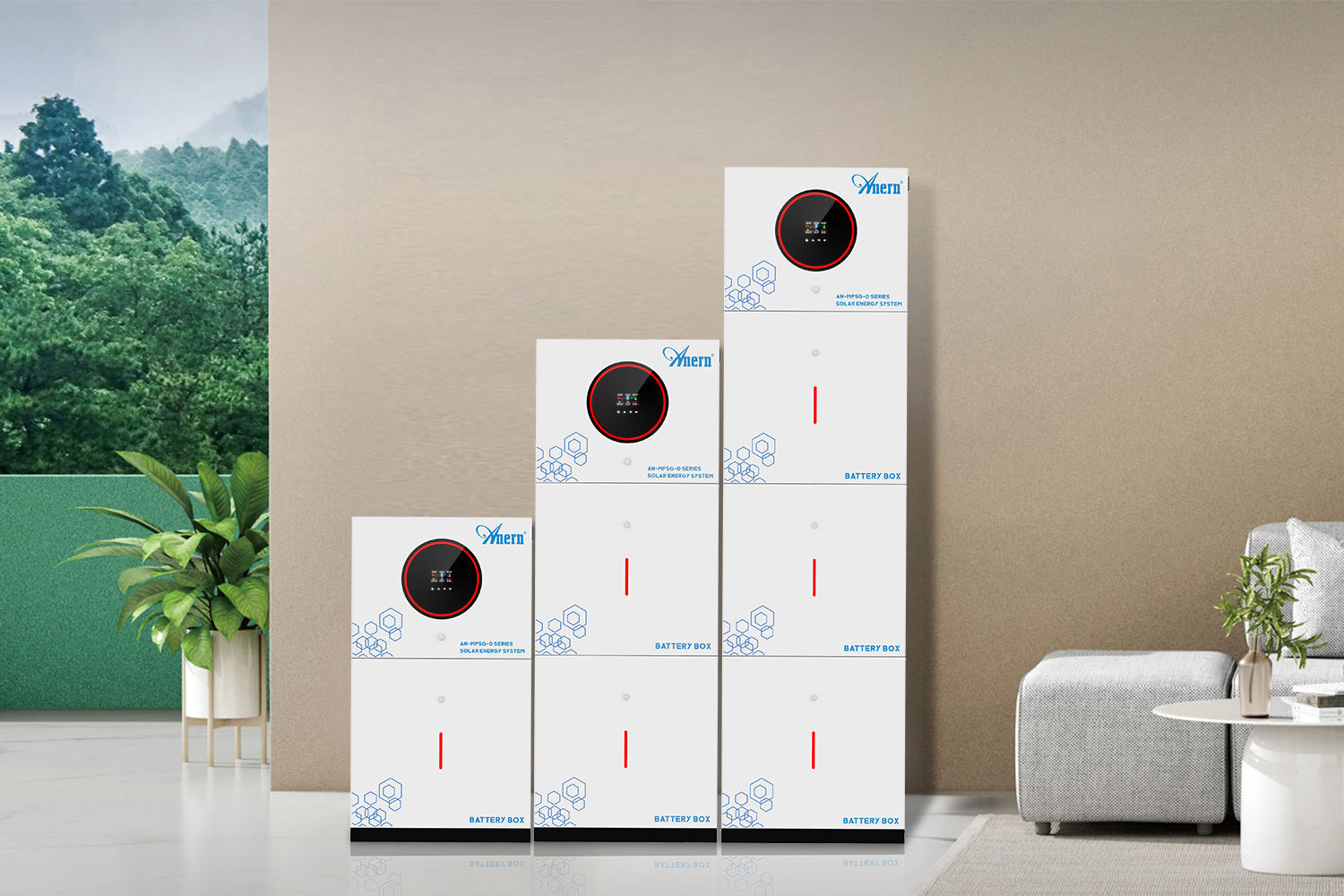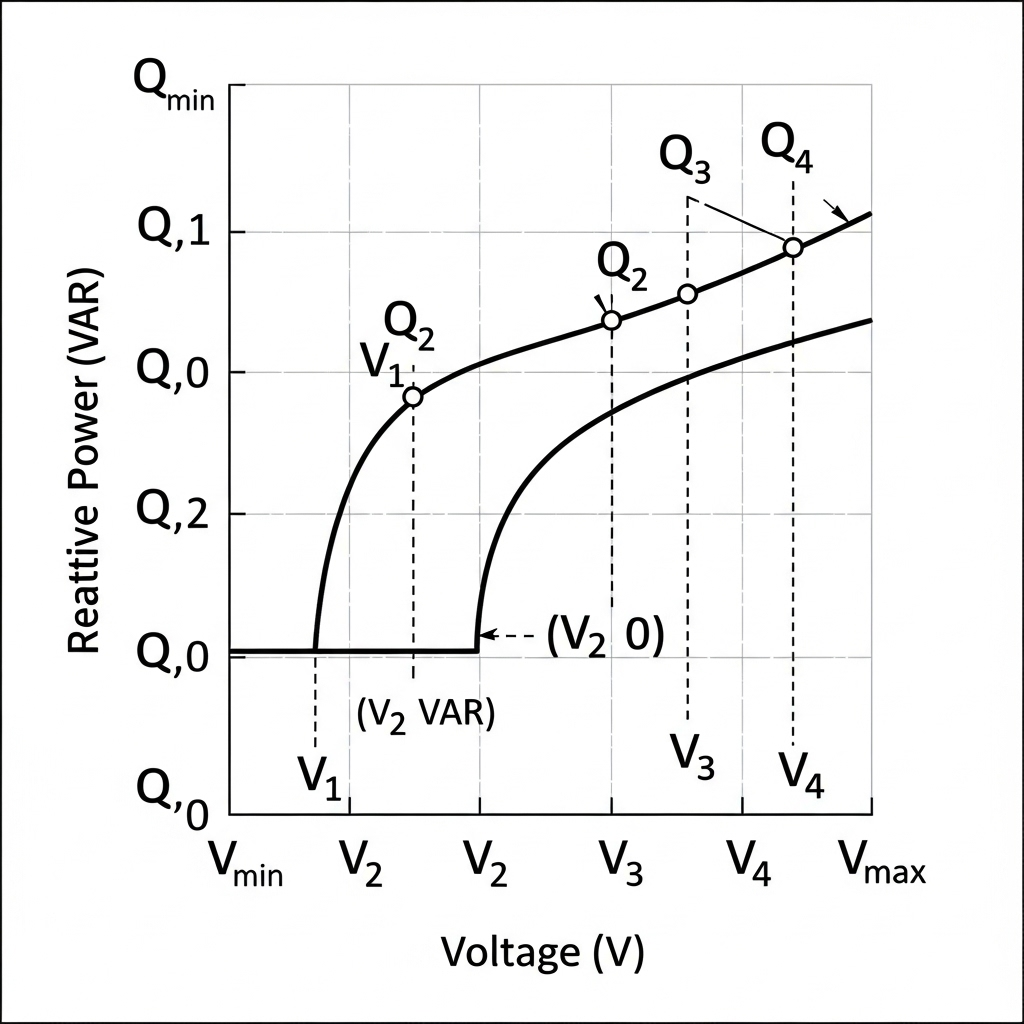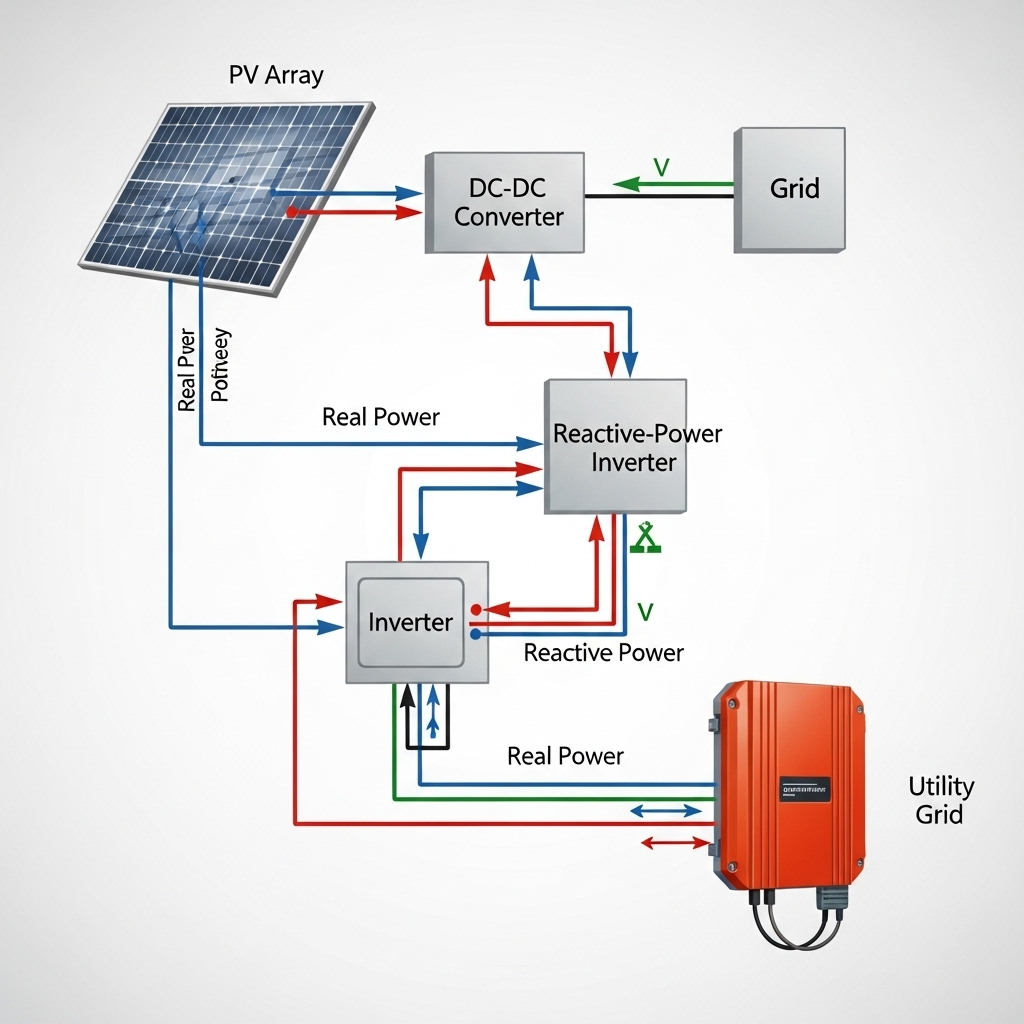Solar and energy storage systems are no longer just hardware components. They have evolved into intelligent, interconnected devices. At the heart of this evolution are two critical elements: firmware, the "brain" of power electronics like inverters, and remote monitoring, the "nervous system" that provides visibility and control. Understanding how these two functions work is key to maximizing the performance, security, and longevity of any modern energy solution.
Understanding Firmware in Power Electronics
What is Firmware and Why Does It Matter for Your Inverter?
Firmware is a specific class of software that provides low-level control for a device's hardware. In the context of solar inverters and energy storage systems (ESS), it is the embedded software that dictates every action. It manages power flow from solar panels, optimizes the charging and discharging of high-performance LiFePO4 batteries, and ensures seamless communication between all system components. Think of it as the operating system for your energy hardware; without it, the physical components wouldn't know how to function.
The Critical Role of Firmware Updates
Just like the software on your computer or phone, inverter firmware requires periodic updates. These updates are not arbitrary; they are essential for several reasons:
- Performance Enhancement: Updates can introduce refined algorithms that improve the efficiency of power conversion or battery management. This means you can get more usable energy from your solar panels and extend the operational life of your batteries.
- Security Patches: As energy systems become more connected, they also become potential targets for cyber threats. Firmware updates are crucial for patching security vulnerabilities, protecting your system from unauthorized access and ensuring the integrity of the grid. You can learn more about securing these systems in our Stop Zero-Days: Hardening Inverter Firmware Update Channels article.
- Grid Compliance: Utility regulations and grid codes evolve. Firmware updates ensure your inverter complies with the latest standards for grid interaction, which is a necessity for grid-tied systems. For a deeper look, see our Firmware Compliance Roadmap for Grid-Supportive Inverters.
Over-the-Air (OTA) Updates: The Modern Standard
In the past, updating firmware required a technician to visit the site and manually connect to the inverter. Today, the standard is Over-the-Air (OTA) updates. This technology allows firmware to be updated remotely and securely over an internet connection. The benefits are significant: it reduces operational costs by eliminating service visits, allows for rapid deployment of critical patches, and provides effortless scalability for managing entire fleets of systems. This is especially valuable for remote, off-grid solar solutions, as detailed in our Case Study: OTA Updates Cut Truck Rolls at Off-Grid Sites. However, the process must be secure. It is vital to confirm if your system supports features like signed, rollback-safe updates, a topic covered in Do Your Solar Inverters Support Signed, Rollback-Safe Updates?.
The Power of Remote Monitoring for Energy Systems
From Data Points to Actionable Insights
Remote monitoring gives you the ability to see and analyze your system's performance data from anywhere in the world. This isn't just raw data; it's translated into actionable insights. Key metrics include daily energy production (kWh), real-time power consumption, battery state of charge (SoC), and system health alerts. Our integrated home energy storage systems are designed with these capabilities at their core, offering users a transparent view of their energy ecosystem. For a comprehensive breakdown of what to track, our Ultimate Reference on Solar & Storage Performance provides detailed benchmarks and explains metrics like SoC and depth of discharge (DoD) in greater detail.
Proactive Maintenance and Troubleshooting
One of the greatest advantages of remote monitoring is the shift from reactive to proactive maintenance. The system can automatically flag deviations from normal performance, such as a sudden drop in a solar panel's output or an imbalance in battery cells. An immediate alert about an inverter fault allows for remote diagnosis and, in some cases, resolution without a site visit. This continuous oversight minimizes downtime and ensures your system consistently operates at peak efficiency.
System Optimization and Control
Modern monitoring platforms go beyond simple data visualization; they offer remote control. This allows users or system managers to adjust parameters to optimize performance. For example, you could change battery charging schedules to take advantage of time-of-use electricity rates or remotely start a backup generator for an off-grid cabin. This level of control brings immense flexibility, but it's important to understand the associated responsibilities and security measures, as discussed in Myth vs Reality: Remote Inverter Control Risks and Safeguards.
Integrating Firmware Updates and Remote Monitoring
A Symbiotic Relationship
Firmware updates and remote monitoring are deeply intertwined. The remote monitoring platform often serves as the delivery vehicle for OTA updates. A stable communication link, confirmed by the monitoring system, is a prerequisite for a safe and successful firmware installation. The platform can be used to check system health before an update and verify its successful completion afterward. This seamless integration is fundamental to efficiently managing distributed energy resources and is a key topic in discussions comparing SCADA vs Vendor Portals: Choosing Remote Monitoring for ESS.
Security: The Paramount Concern
With connectivity comes vulnerability. The digitalization of energy systems makes cybersecurity a top priority. A robust system must have multiple layers of security, including encrypted communications between the device and the server, secure user authentication, and digitally signed firmware to prevent the installation of malicious code. Adherence to international standards, such as those outlined in What Does IEC 62443 Mean for Solar Inverter Firmware Security?, is a mark of a secure platform. At ANERN, we build our solar inverters and ESS solutions with security at the forefront, implementing multi-layered protection to safeguard your energy independence.
Practical Application: A Home Energy Storage System
Imagine a homeowner with an ANERN residential ESS. They receive an alert on their monitoring app about a potential performance optimization. The system's historical data suggests a new charging algorithm could better match their usage patterns. Shortly after, a notification for a new firmware update becomes available. The homeowner initiates the secure OTA update directly from their app. After a few minutes, the system reboots with the new firmware. The monitoring dashboard then shows a measurable improvement in battery round-trip efficiency, validating the update's success.
Best Practices for System Owners and Installers
For System Owners
- Stay Updated: Regularly check your monitoring portal or app for firmware update notifications.
- Understand Your Data: Familiarize yourself with key performance indicators to better understand your system's health. The ANERN performance guide is an excellent resource for this.
- Ensure Connectivity: A stable internet connection for your system's communication gateway is necessary for reliable monitoring and updates.
- Practice Good Security: Use a strong, unique password for your monitoring portal and enable two-factor authentication if available.
For Installers and Fleet Managers
- Choose Capable Hardware: Select components, like ANERN's solar inverters and lithium batteries, that offer comprehensive remote management features. This significantly reduces long-term operational and maintenance costs.
- Follow a Protocol: Establish a clear process for deploying updates. Understand how to Stage, Validate, and Roll Back Inverter Firmware Safely to prevent issues.
- Educate Your Clients: Empower your customers by teaching them how to use their monitoring tools and explaining the importance of keeping their system's firmware current.
| Feature | Manual Firmware Update | Over-the-Air (OTA) Update |
|---|---|---|
| Method | On-site technician with a direct connection | Remote update via an internet connection |
| Cost | High (labor, travel expenses) | Low (minimal human intervention) |
| Speed | Slow (requires scheduled site visits) | Fast (can be deployed to many units simultaneously) |
| Scalability | Poor for managing multiple systems | Excellent for large fleets |
| Downtime | Scheduled, can be longer | Minimal, often performed during off-peak hours |
| Security Risk | Requires physical access credentials | Requires secure, encrypted communication channels |
Final Thoughts
Firmware updates and remote monitoring are not just add-on features; they are foundational pillars of modern, resilient, and secure energy systems. They provide the intelligence needed to enhance performance, bolster security, and extend the lifespan of your investment. As our energy landscape becomes increasingly decentralized, the importance of these digital tools will only grow. You can stay ahead of the curve by exploring 2025 Trends in Inverter Firmware and Remote Monitoring Security. Our focus on developing reliable and scalable energy solutions is matched by our commitment to intelligent software, providing you with the tools needed for true energy independence and complete peace of mind.
Disclaimer: This article is for informational purposes only and does not constitute professional engineering or financial advice. Always consult with a qualified professional before making decisions about your energy system.





Leave a comment
All comments are moderated before being published.
This site is protected by hCaptcha and the hCaptcha Privacy Policy and Terms of Service apply.